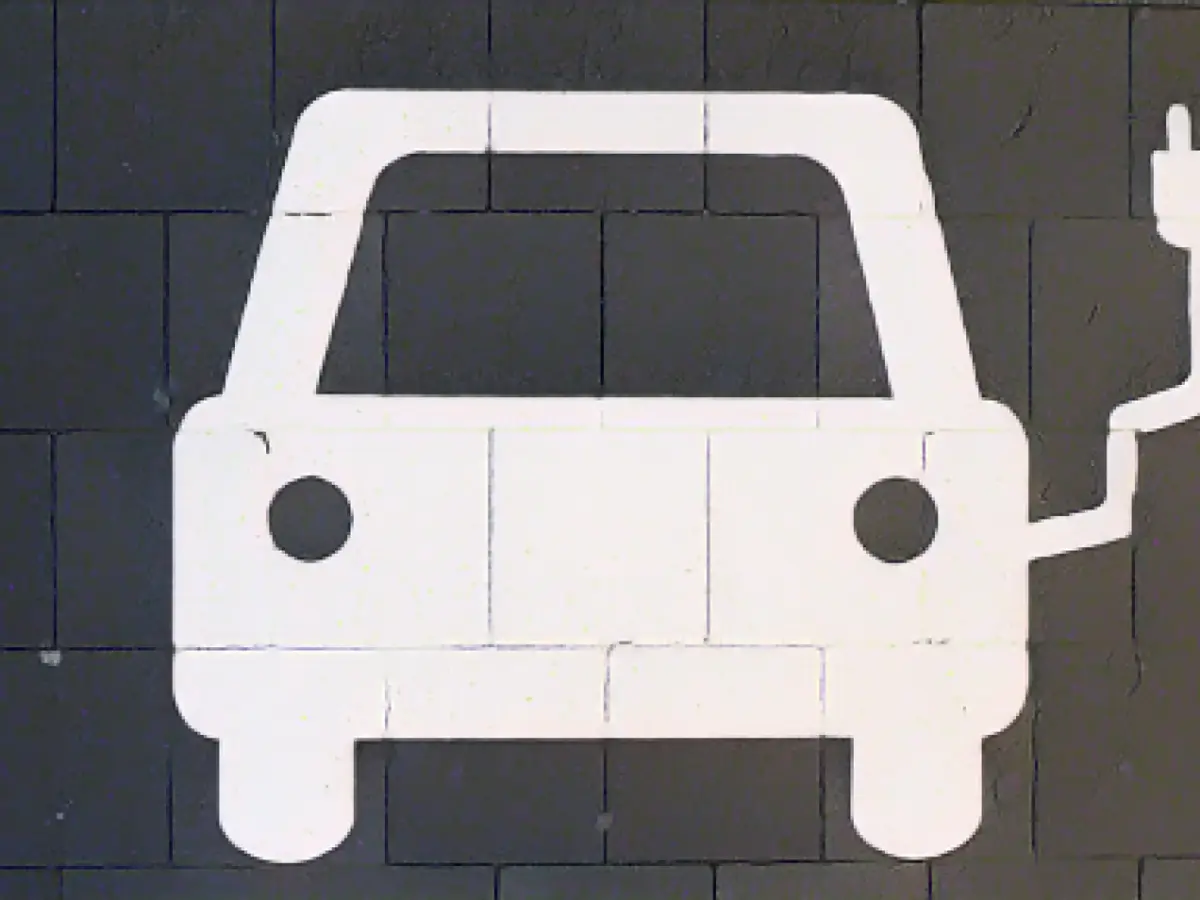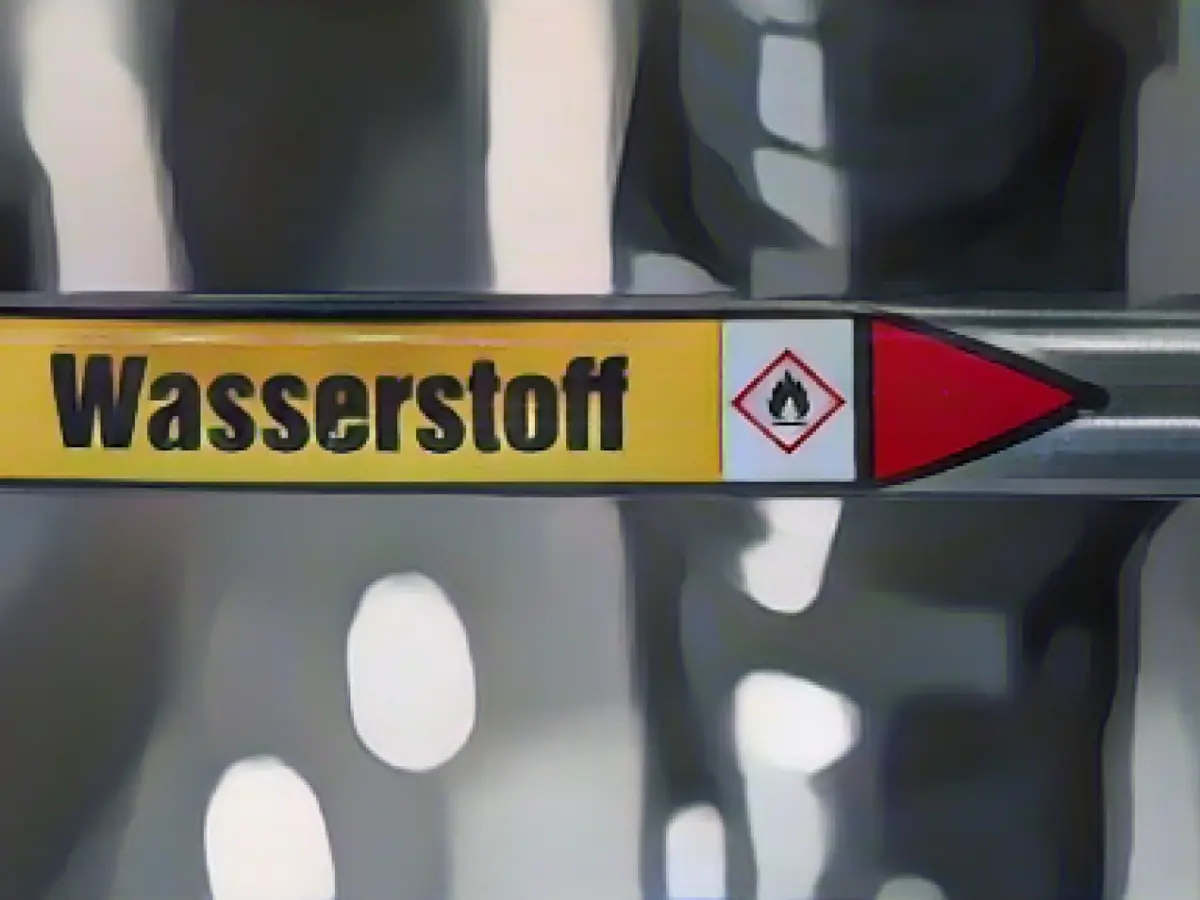Deutsche Post Tackles Emissions with Electrified Overhead Line Truck
Deutsche Post, operating under the DHL brand, is leading the charge in Germany as one of the first logistics companies to test an all-electric overhead line truck. Ingo Kutsch, Head of the Kiel branch, shared their commitment to zero-emission transportation, stating, "We're eager to test innovative technologies to lower our emissions."
This latest-generation trolley truck, weighing in at 29 tons, will run between Reinfeld and Lübeck daily, covering over 80 kilometers. It will deliver letters and parcels to three distribution centers in Hamburg and Lübeck, with a capacity to carry up to 900 parcels.
DHL's shift to electromobility extends beyond regional transport, with 13 electric trucks already in operation. However, this marks the debut of the electric truck equipped with an overhead line, supplied by a Swedish commercial vehicle manufacturer. It boasts nine battery packs with a combined capacity of 297 kilowatt-hours, allowing for a maximum range of 250 kilometers under specific conditions.
Initially, the truck will be operational from Tuesday to Friday during the pilot phase, later increasing its operation days to six per week. Overnight charging will be facilitated by a mobile charging station at the Lübeck mail center during the trial period funded by the Federal Ministry for Economic Affairs and Climate Protection, set to run until 2024.
Deutsche Post's explorations in alternative energies include the adoption of overhead line trucks in urban areas, fostering reduced traffic congestion, lower carbon emissions, and contributing to climate protection. "With the integration of these electric trucks, we aim to minimize emissions and fortify our commitment to sustainability," affirmed a DHL spokesperson.
The use of all-electric overhead line trucks on the e-highway can generate several positive impacts:
- Zero Emissions:
- The vehicle produces zero emissions during operation on the electrified stretch of the e-highway, diminishing greenhouse gas emissions and aiding in climate change mitigation.
- Efficient Charging:
- The electrified road technology permits efficient charging for long-haul trucks, ensuring uninterrupted operation and reducing disruption to operations.
- Reduced Battery Load:
- The e-highway system, which allows trucks to charge while traveling, significantly decreases battery load, permitting cleaner fuels to power the vehicle on non-electrified stretches.
- Lower Energy Consumption:
- Electric engines and the electrified road technology result in reduced energy consumption and inexpensive operational costs, aligning with Germany's objective of creating a sustainable transportation infrastructure by 2030.
- Grid Stability:
- The continuously redundant HVDC link configurations in Germany's transmission infrastructure, such as Ostwind 4, contribute to enhanced grid stability. Increased renewable energy integration can lead to power flow fluctuations, and the grid's stability is essential to sustain reliable power supply.








